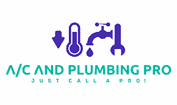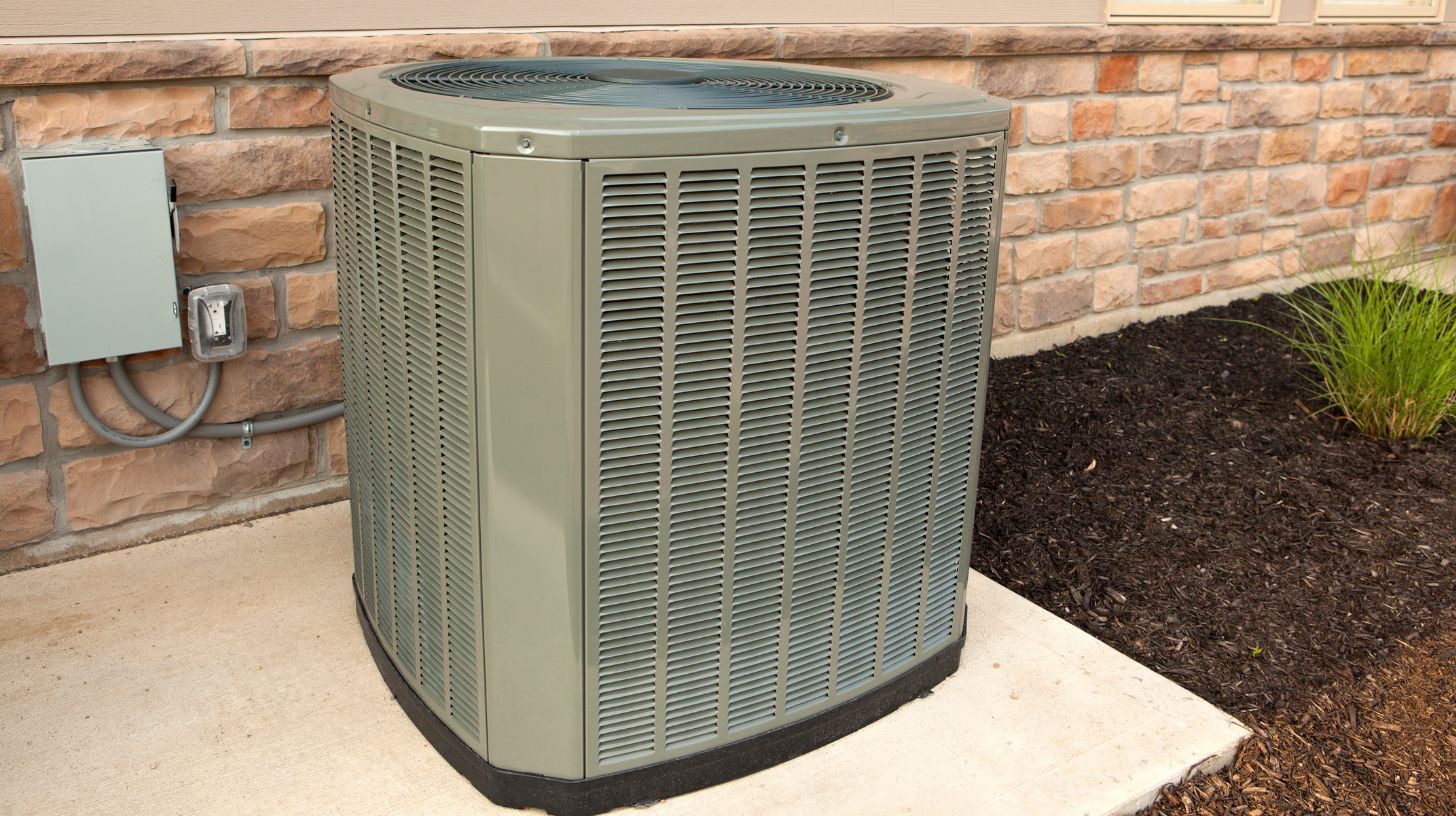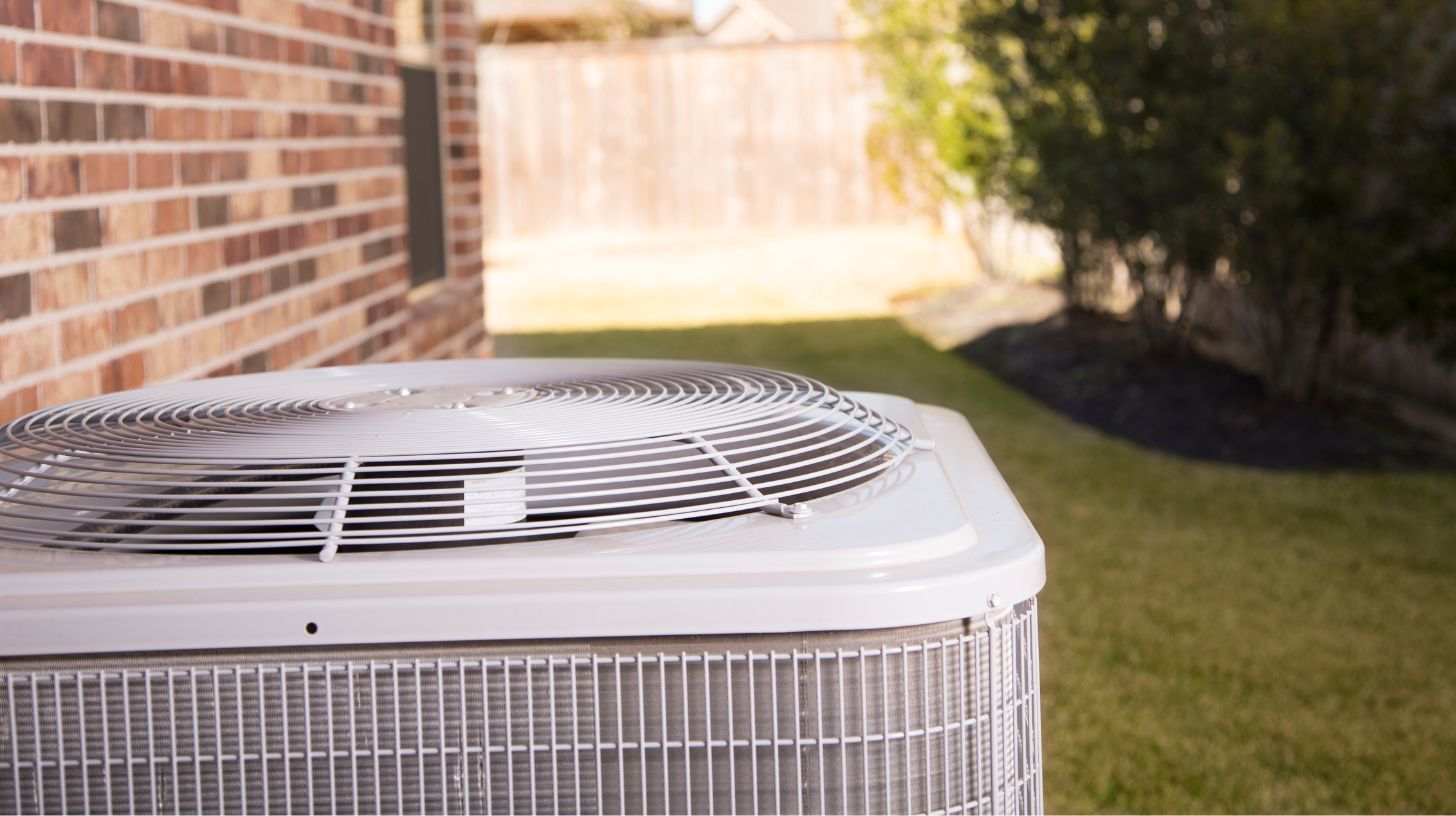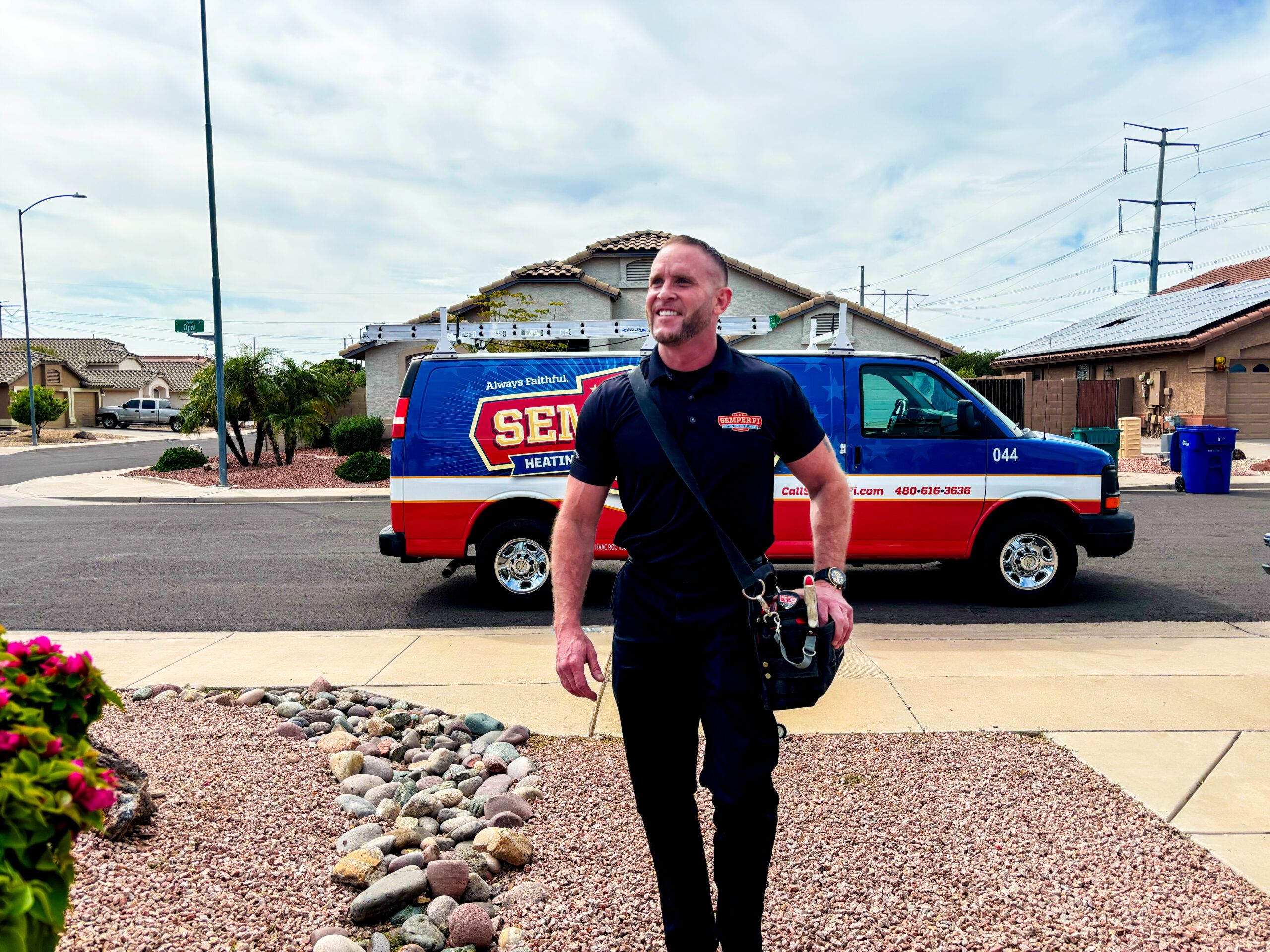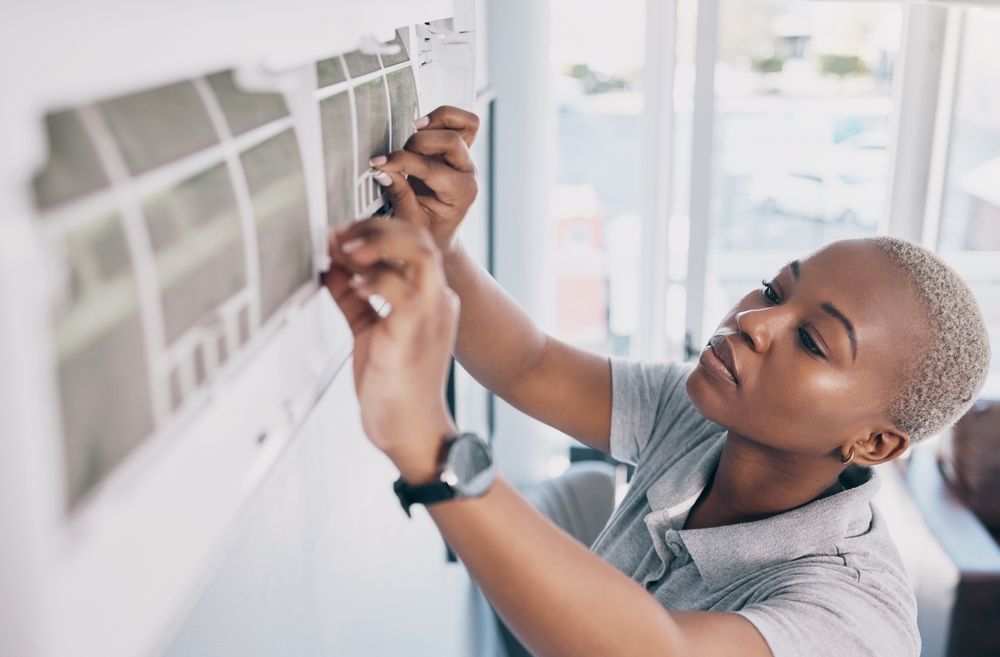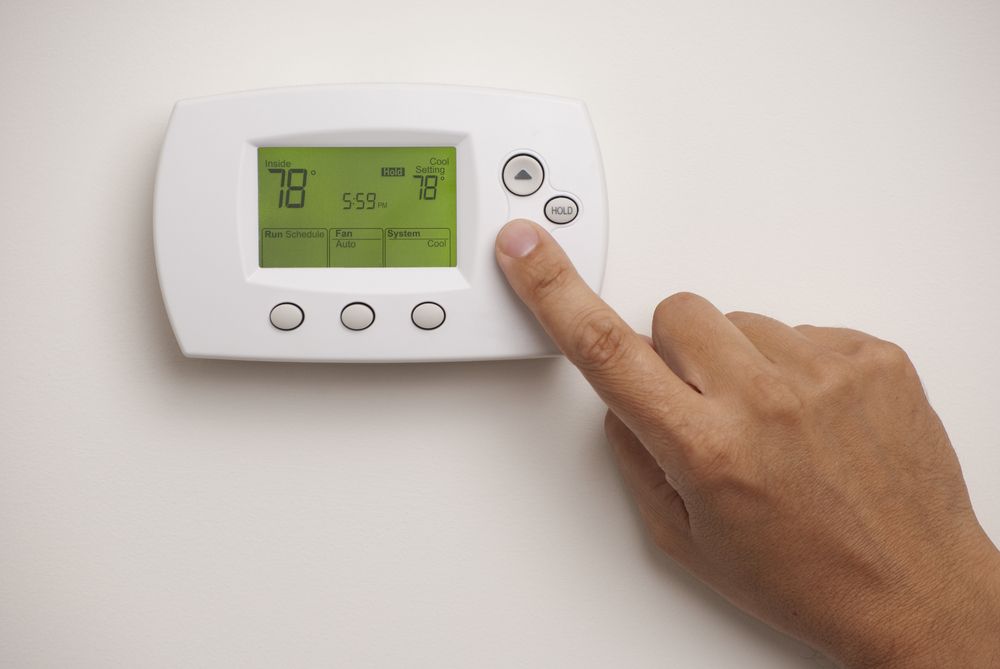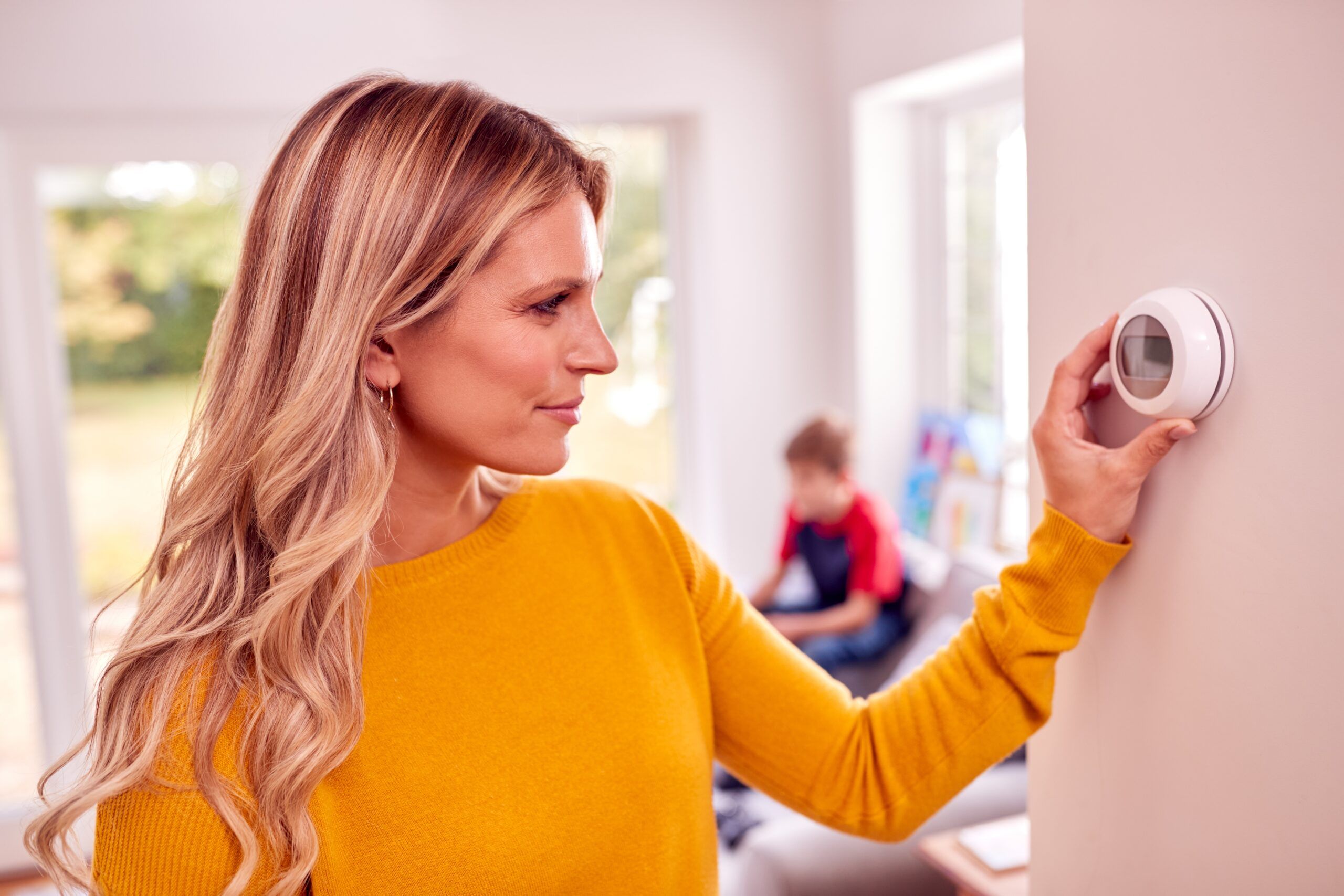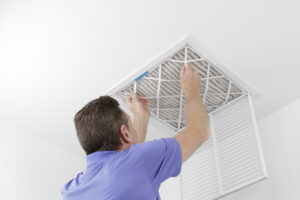11+ Best AC Installers in Mesa, AZ [2025]
In Mesa, AZ, the heat lingers much of the year, so a dependable air conditioner is essential for keeping your home comfortable. Choosing the right unit is only the beginning. The installation determines how efficiently the system runs, how much energy it uses, and how long it will last. When the job is done by an experienced installer, you avoid high utility bills, constant repairs, and premature replacement.
This guide features the best AC installers in Mesa, AZ—companies recognized for reliable service, professional workmanship, and results that keep homes cool year after year.
The Importance of Professional AC Installation in Mesa, AZ
A new air conditioner is a major investment, and the way it’s installed has a direct impact on how well it performs. With professional installation, homeowners in Mesa can count on safe, efficient, and long-lasting comfort.
Professional AC installation in Mesa, AZ will ensure that the company you choose:
- Measures the home and match the system size to cool every room evenly
- Sets up the unit for efficiency to lower utility bills and reduce strain
- Places and connect equipment securely to prevent breakdowns and extend lifespan
- Connects wiring and charge refrigerants correctly to ensure safety
- Calibrates airflow and thermostat settings to keep temperatures steady
Best AC Installers in Mesa, AZ
A well-installed AC system cools your home evenly, lowers energy costs, and extends the life of the equipment. Here are some of the most trusted AC installers in Mesa, AZ, for reliable service and long-term comfort.
-
-
Semper Fi
Semper Fi is a veteran-owned and operated company known as one of Mesa’s top AC service providers. With over 8,000 five-star reviews, they’ve built a reputation for fast response times, straightforward pricing, and same-day service.Their licensed team handles AC installation, replacement, and repair, as well as ductless mini-split systems, heating, plumbing, and home comfort services. Backed by strong warranties and flexible financing, Semper Fi combines professional workmanship with reliable customer care, making them a leading choice for homeowners in Mesa, AZ.
Book now for a 100% guaranteed reliable and trustworthy service.
-
Dialed In Services
Dialed In Services provides AC installation, replacement, and repair for homes and businesses in Mesa and the Phoenix area. Their technicians address issues such as refrigerant leaks, electrical faults, and cooling performance problems. They also handle full system changeouts and scheduled maintenance to keep units operating as intended. -
Tucker Hill Air, Plumbing, & Electric
Tucker Hill provides AC repair, installation, and replacement for residential systems in Mesa and the Phoenix area. Their technicians address issues such as weak airflow, uneven temperatures, and units that fail to start. They also replace older systems with new models and perform seasonal maintenance to prevent breakdowns. -
Sun Devil Heating and Cooling, Inc
.
Sun Devil Heating and Cooling is a family-owned business that has been in operation since 2007. Their technicians work with all makes and models and also install package units, heat pumps, thermostats, and air scrubbers. The company offers budget-based estimates with multiple options for homeowners and businesses. They provide annual and semi-annual maintenance plans that include inspections, coil cleanings, and system tune-ups. -
AC and Plumbing Pro LLC
AC and Plumbing Pro handles split systems, package units, and heat pumps for both residential and commercial properties. They also provide maintenance services such as coil cleaning, refrigerant checks, and duct inspections to keep systems efficient. In addition to cooling, the company offers plumbing repairs, water heater service, and full sewer line work. -
Airtime Cooling & Heating LLC
AirTime Cooling & Heating has served Mesa and Phoenix since 1999 with AC installation, replacement, and repair. Their technicians install central air conditioners, ductless mini-splits, and heat pumps, and also remove and replace older systems. They provide inspections, duct evaluations, and full system changeouts to ensure proper sizing and airflow. The company offers maintenance services, financing options, and 24/7 availability for emergency cooling needs. -
LunAire LLC
LunAire LLC works with ductless systems, custom HVAC design, and ductwork installation for both residential and commercial properties. The company offers emergency AC repairs, diagnostics, and refrigerant leak fixes alongside seasonal tune-ups and maintenance plans. They also provide membership options with inspections, filter replacement, and priority scheduling for ongoing system care. -
Greens Peak Air LLC
Greens Peak Air provides AC repair, replacement, and maintenance services across Mesa and the greater Phoenix area. They service heat pumps, mini-splits, and traditional systems, offering emergency response when cooling stops working. The company also develops customized replacement plans to match home layouts and comfort needs. Homeowners can choose from annual maintenance contracts that include inspections, coil cleanings, and coverage for common AC failures. -
Perfection Air, LLC
Perfection Air specializes in Bosch units and manages the full process, from system selection to testing. Installations include a two-year maintenance warranty, a one-year labor warranty, and a two-year workmanship warranty. The company also partners with remodeling contractors for heating and cooling installations in renovation projects. -
All Valley Air, Inc.
All Valley Air, Inc. provides residential and commercial AC installation, repair, and maintenance services in Mesa and the surrounding valley area. They install a range of air conditioning models and handle complete system changeouts for homes and businesses. The company responds to emergency service calls for units that fail or show signs of breakdown. They also offer spring and fall inspections with a 21-point system check to identify issues before use peak seasons. -
Reliable Air Conditioning, Inc.
Reliable Air Conditioning provides AC installation, replacement, and repair for homeowners in Mesa and surrounding areas. Their technicians install new systems, perform yearly tune-ups, and handle breakdowns for all major brands. The company also offers inspections, air quality products, and service agreements designed to keep units in working condition. Financing options are available for new system purchases and installations.
-
Types of Air Conditioning Repairs and Services
AC systems may need a range of services, from routine maintenance and tune-ups to complex repairs that restore efficiency and comfort. Here are some common service types:
- AC repair: Fixes issues like poor cooling, leaks, or system breakdowns to restore normal operation
- AC tune-up: Cleans, tests, and adjusts parts to keep the system efficient and reliable
- Air quality and filtration improvements: Upgrades filters or duct systems to reduce dust and improve indoor air circulation
- AC installation: Involves sizing, connecting, and setting up a new unit to ensure proper airflow and energy efficiency
Best Types of Air Conditioners for Arizona
Arizona’s hot climate demands cooling systems that work hard and deliver consistent comfort. Homeowners often rely on three main types of air conditioners, each designed to handle specific needs.
Split systems
A split system has two main parts: an outdoor compressor unit and an indoor air handler, connected by refrigerant lines. The indoor unit pulls in warm air, cools it through the evaporator coil, and pushes it back into the room, while the outdoor unit releases the absorbed heat outside.
Split systems work well for homes that need zoned cooling or areas without ductwork. They’re also useful for remodels or expansions where extending ducts isn’t practical. With quiet operation and efficient cooling, split systems give homeowners more flexibility to manage comfort in specific spaces.
Central air conditioning
Central AC uses a network of ducts to move cool air through the entire home. It’s the most common setup in Arizona because it delivers even cooling to every room, supports advanced thermostats, and handles larger square footage well. A properly installed central system also improves indoor air quality by filtering dust and allergens common in desert environments.
Room air conditioners
These units mount in windows or walls and focus on cooling a single room. They work well for apartments, small offices, or parts of the home that central AC doesn’t reach. Room air conditioners install quickly, cost less upfront, and allow homeowners to cool only the areas they use most, though they don’t match the power or efficiency of larger systems.
Key AC Features
Air conditioners now include features that improve efficiency, comfort, durability, and control. Here are some of the most important things to consider:
- High SEER rating: The Seasonal Energy Efficiency Ratio (SEER) measures how efficiently a unit cools a space. A higher SEER rating means the system delivers more cooling with less electricity, which lowers monthly bills and improves overall performance.
- Variable-speed compressors: These compressors adjust cooling output in small steps instead of switching only between on and off. This keeps temperatures steady, controls humidity better, reduces noise, and saves energy by running only as much as needed.
- Corrosion resistance: Coils and components with corrosion-resistant coatings hold up better against moisture, dust, and Arizona’s harsh conditions. This protection keeps the system efficient for longer and reduces the risk of breakdowns.
- Smart features: Wi-Fi connectivity, app controls, and smart thermostats let you adjust settings remotely, set schedules, and track energy use in real time. These tools improve comfort, reduce wasted electricity, and send alerts when maintenance is due.
Get the Expertise You Need From Semper Fi’s AC Installers in Mesa, AZ
A reliable air conditioning system depends on more than just the equipment itself. The quality of the installation plays a direct role in how efficiently the unit runs, how long it lasts, and how comfortable your home feels throughout Arizona’s hottest months.
That’s why homeowners turn to trusted professionals for the job. Skilled installers size the system correctly, set it up for peak efficiency, and handle every detail with care to avoid costly problems down the line. Choosing the right team ensures your AC delivers steady comfort and keeps energy costs in check.
Semper Fi Heating & Cooling has earned a reputation as Mesa’s go-to choice for professional AC installation. The veteran-owned company combines integrity, discipline, and technical expertise with a customer-first approach.
Semper Fi offers same-day service, straightforward pricing, and more than 8,000 five-star reviews that reflect consistent quality. The company also provides strong warranties and a 20% discount for veterans, first responders, and their families, helping more homeowners access dependable comfort.
In addition to AC installation, Semper Fi handles heating, plumbing, ductwork, attic insulation, and indoor air quality solutions, making it a full-service provider for households across the Valley.
Book your installation today with Semper Fi’s expert installers for year-round comfort.
Best AC Installers in Mesa, AZ FAQs
What are the best AC brands for Arizona?
The best AC brands for Arizona are those designed to perform well in long stretches of heat while keeping energy use in check. Systems need durability, high efficiency, and reliable parts that hold up against the desert climate.
Brands often recommended in Arizona include Bosch, Goodman, Johnson Controls, Rheem, Daikin, Gree, York, and Carrier. These manufacturers offer a range of central and ductless systems with high SEER ratings, corrosion-resistant materials, and advanced controls to match different home sizes and budgets.
Choosing the right brand comes down to your home’s needs and proper installation. Working with a trusted installer like Semper Fi ensures the system you select is set up correctly and built to deliver comfort year after year.
Should HVAC technicians be certified or licensed?
Yes, HVAC technicians should carry the right certifications and licensing before working on your system. In Arizona, licensing through the Registrar of Contractors ensures that they meet state standards for safety and performance.
Many professionals also hold EPA Section 608 certification to handle refrigerants legally, along with North American Technician Excellence (NATE) or similar technical certifications that prove advanced knowledge of heating and cooling systems. Companies like Semper Fi Heating & Cooling make certification a priority so every technician can diagnose, repair, and install systems according to industry and state requirements.
What is the $5,000 AC rule?
The $5,000 rule is a guideline that helps you decide if repairing or replacing your air conditioner makes more sense. To use it, multiply the repair cost by the system’s age. If the number is higher than $5,000, replacement is usually the smarter choice.
The rule works because it compares the money you would sink into repairs with the value of investing in a new system. A high total signals that your AC is near the end of its life and that repair costs will likely keep stacking up. Replacing the unit at that point often saves money in the long run and gives you a system that’s more reliable and energy efficient.
How much does a new AC unit cost in AZ?
In Arizona, most homeowners spend between $6,000 and $12,000 for a full AC replacement. Smaller units or simpler installs can run closer to $3,000–$7,000, while larger homes or high-efficiency models land on the higher end. The exact price depends on things like the size of your home, the type of system you choose, ductwork, and labor. The best way to get an accurate number is to ask a licensed installer for a detailed quote.




